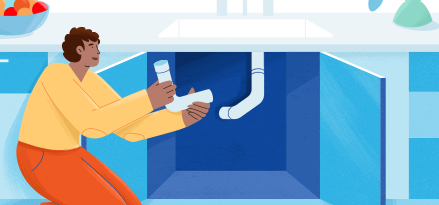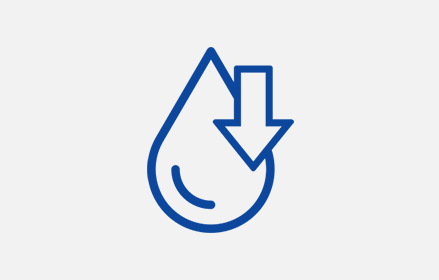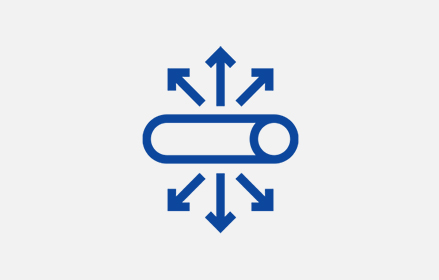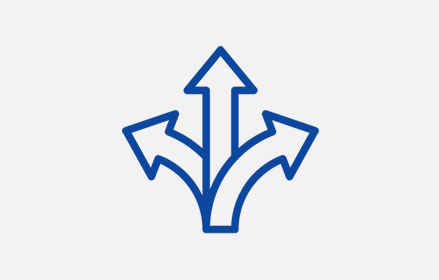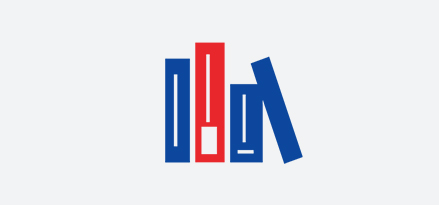Providing flexible extrusion conditions and efficient processing
While wax is added in small quantities as a lubricant in PVC compounding, the efficiency of the wax used makes a big difference.
The waxes within the ExxonMobil portfolio are designed, tested and produced to best meet the standards across PVC applications. Prowaxx™ Fully Refined paraffin waxes have a more homogenous distribution in PVC formulations mixes, allowing for a better performance as an external lubricant. Lower viscosity waxes allow for the most flexible extrusion conditions and processing at lower temperature, which means less energy consumption.
Though wax only makes up a small percentage of PVC, the impact of a reliable source of wax is crucial. For decades, ExxonMobil has provided consistent support and high-quality products for our customers across the PVC industry, helping them forge solutions for the present and future.
Key benefits in Prowaxx™ Fully Refined paraffin waxes in PVC formulation
Featured resources
MID MELT POINT
|
Prowaxx™ 1471 FR |
Fully-refined
|
62.8 – 65.0 C (145.0 – 149.0 F)
|
HIGH MELT POINT
|
Prowaxx™ 1531 FR |
Fully-refined
|
66.1 - 68.3 C (151.0 -155.0 F)
|
|
Prowaxx™ 1551 FR |
Fully-refined
|
67.2 - 69.4 C (153.0 - 157.0 F)
|
|
Prowaxx™ 1601 FR |
Fully-refined
|
68.9 - 73.3 C (156.0 - 164.0 F)
|
